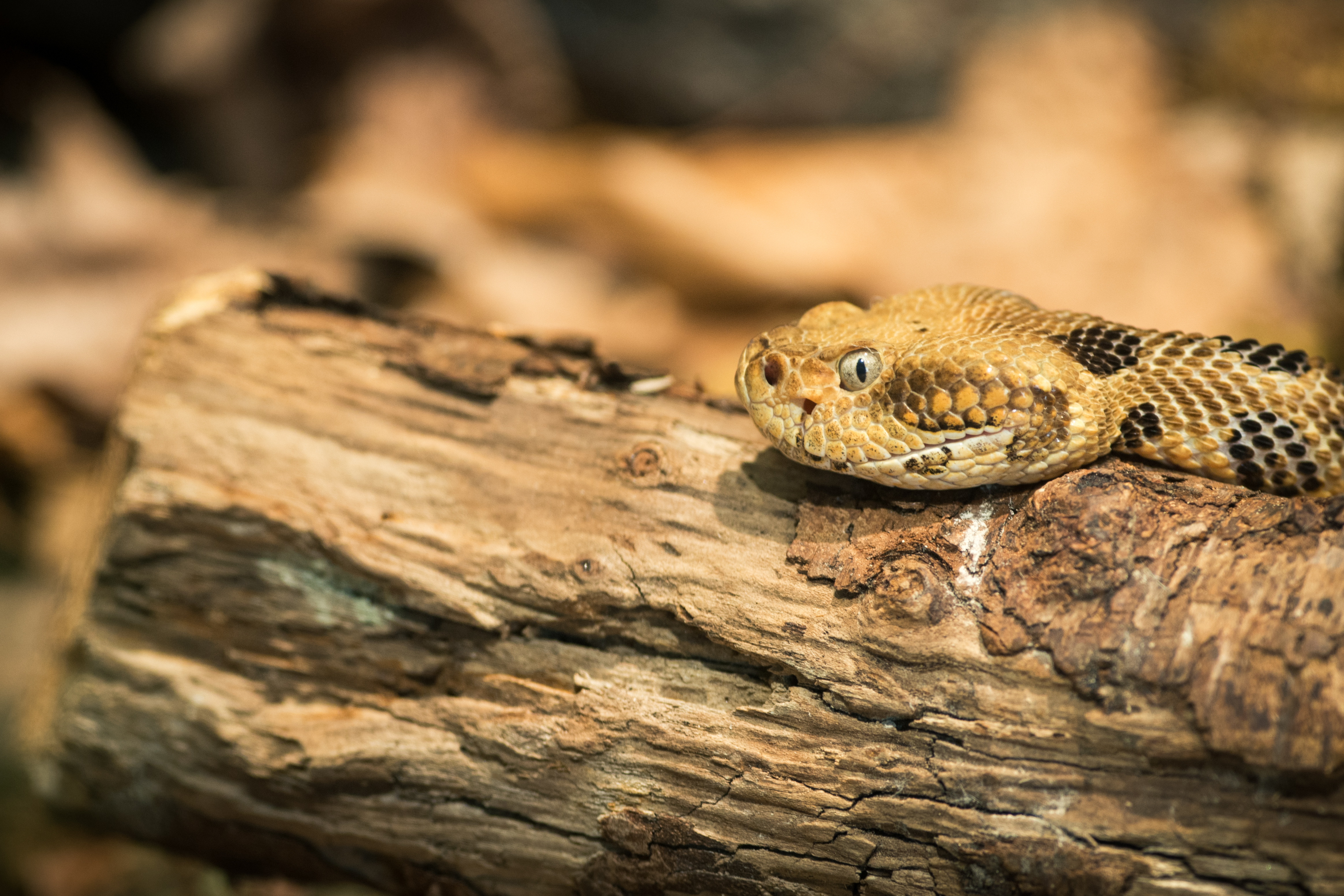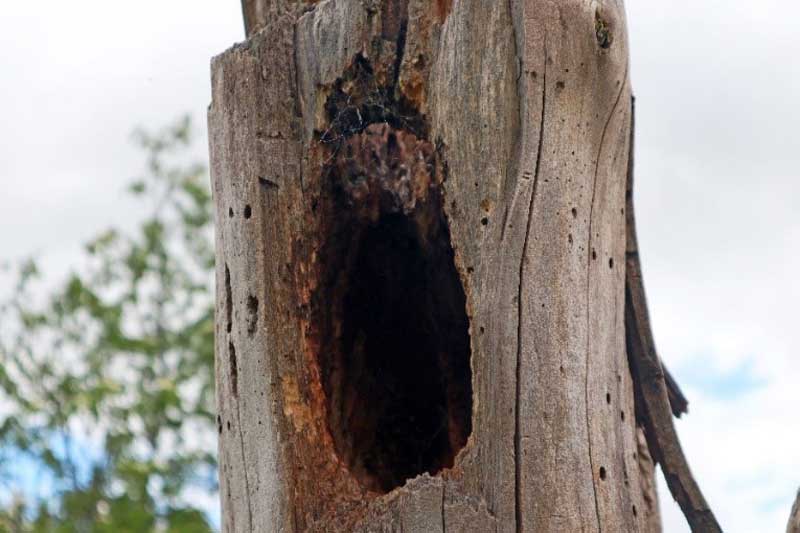When you are out on a walk and you see all the dead trees lying on the ground, do you ever think “why aren’t these being cleaned up?” Did you know that the dead wood in your yard or in your neighborhood is more important than it may seem?


Dead wood plays an important role in the local environment. It provides a habitat for creatures great and small, from tiny insects to huge bears! Dead wood also releases valuable nutrients into the soil as it decomposes, spawning new plant life in the ecosystem.
A Home or Tool for All
More than 1,200 wildlife species in the United States – including mammals, birds, fish, reptiles, amphibians, and insects – depend on dead or dying wood for their habitats.
Animals such as foxes, squirrels, and opossums will utilize the dead logs to create a home for themselves. Squirrels, opossums, and raccoons will use dead wood as a nesting site to raise their young.


Some eagles, hawks, owls, and other larger birds use snags or dead branches to get a clear view of their hunting grounds. A snag is a standing dead or dying tree that many birds will use as a nesting site and a source of insects for food. These birds who utilize the snags will also use it as a perch to launch their aerial attacks on prey.


Snakes will also use logs to warm themselves up in summertime to help regulate their internal temperature. The logs can also provide snakes with a place to hide from predators, to find a meal like bugs or smaller rodents, or to hibernate for the winter.
Homes for the Smallest of Creatures
Sneaky salamanders also use rotting logs or stumps as both shelter and as a source of food. Next time you’re out hiking, check the logs and you may see one before it scurries off.
Dead wood is a great place to find many different types of bugs too. That’s why so many animals and reptiles love dead wood; it’s a big source of food!
Many insect species, including ants, wasps, bees, beetles, and even butterflies make dead wood their home for at least part of their life cycle.


Some beetles even create tunnels, known as galleries, on dead trees, in which they feed and lay their eggs.
As we transition to the end of fall and beginning of winter, make sure you choose an area to place your dead wood when you’re cleaning up parts of your landscape. You’ll be helping all of the animals, birds, and bugs in your local ecosystem find a safe place to shelter during the chilly months this winter and spring.


Visit Green Bay Botanical Garden to see our ongoing Habitat exhibit to learn more about how Dead Wood is Life!
Habitat was developed by Smithsonian Gardens and is made available by the Smithsonian Institution Traveling Exhibition Service.












